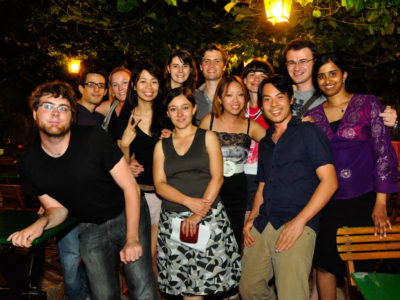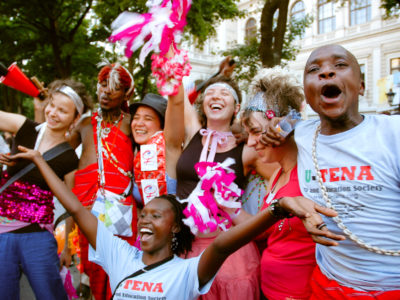Bulgaria and Romania have always been countries on a crossroad for the traffic from East to West, because of their geographical situation right in the middle of the Balkans. The Old Silk Road now has become the main way for drugs and human trafficking.
Bulgaria and Romania joined the EU in 2007 making Turkey the external border of the Union and an important gateway for drug trafficking into and through Bulgaria. The elimination of most border controls and internal borders in the EU makes it an even more attractive market for illicit drugs. Romania and Bulgaria are likely to join the Schengen area in April 2011, which will leave the Bulgarian external border the last custom control on the “Old Silk Road” making it further vulnerable to cross border trafficking. Heroin, Cocaine and other synthetic drugs are the primary drugs that are trafficked from this region.
Heroin comes from Southeast Asia (primarily Afghanistan) and has traditionally taken the “Balkan route” from Turkey through Bulgaria to consumers in Western Europe. The UN World Drug Report 2010 shows that approximately 85 tons of heroin are transiting with the Balkan route (Afghanistan – Iran – Turkey – southern and central Europe), which is 80% of the Western Europe supply. Chemicals used for the production of heroin pass through Bulgaria from the former Yugoslavia to Turkey and beyond.
Synthetic drugs produced in Bulgaria are also transported through Turkey to markets in Southwest Asia. The cocaine in Europe comes mainly from Latin America, and it also uses the “Balkan route” to Western Europe. According to the American International Narcotics Control Strategy Report this route is “extremely difficult to control.”
Human Trafficking on the Balkans
Romania and Bulgaria are strategically located on the route of human trafficking. While they facilitate as transit countries for drug trafficking, they are the origin and main suppliers in the case of human trafficking according to The U.S. State Department Trafficking in Persons Report, June 2009. Human trafficking in this region involves commercial exploitation of trafficked people for sex and forced labour. The most frequent countries of destination are Spain, Italy and Germany. A recent report by the European Network for HIV/STI Prevention and Health Promotion among Migrant Sex Workers shows that individuals from Romania (12%) and Bulgaria (7%) currently make up a fifth of all prostitutes in the EU. The report also points out the striking differences in the EU’s sex industry across the east and west divide. In most western European countries the majority of prostitutes are migrants, while in former Communist countries most of the sex workers are locals.
By: Georgeta Bocse, Romania and Dobriyana Tropankeva, Bulgaria













